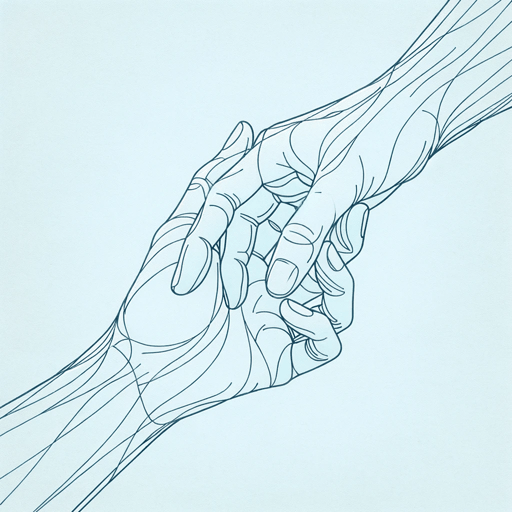54 pages • 1 hour read
Kekla MagoonHow It Went Down
Fiction | Novel | YA | Published in 2014A modern alternative to SparkNotes and CliffsNotes, SuperSummary offers high-quality Study Guides with detailed chapter summaries and analysis of major themes, characters, and more.
Summary and Study Guide
Overview
How it Went Down is a work of young adult fiction written in 2014 by award-winning author Kekla Magoon. Though a work of fiction, the pressing narrative deals with the “postmortem account of a tragic shooting” (Los Angeles Times), and as such, is a well-needed critique of social reform and racial bias.
The narrative begins with the tragic death of a 16-year-old black male, Tariq Johnson. He’s shot and killed by Jack Franklin, a white male who witnesses a fight and kills Johnson in what is later called self-defense. Though Franklin, and others, say that Johnson was dangerous and that he had a gun, later probes into this statement reveal that Johnson may have only had a Snickers bar that was mistaken for a gun. From this tragic incident, the narrative jumps off into multiple points-of-view to address themes of death, racial bias, justice, poverty, gang culture, guilt, and redemption.
How it Went Down tells the aftermath of Tariq Johnson’s death, with flashbacks via memories from various characters, including gang members Brick, Sammy and Junior, and citizens of Underhill, such as Tom Arlen, Kimberly, and Melody. Tariq’s family members also weigh in, as well as out-of-town guest Reverend Alabaster Sloan, who flies in to help his poll numbers but is caught up in the emotional firestorm surrounding Tariq’s death. Some stories, like that of Kimberly’s, paint a picture of Tariq as a bully. Others, like those of his best friend, Tyrell, paint a picture of a kid who wanted nothing to do with gangs. Author Magoon utilizes these different points-of-view to show just how tricky it can be to get to the truth of things, as well as to highlight the problem of racial bias with characters such as Jack Franklin and Tom Arlen, and how these disparities can affect people even after death. One viewpoint in particular, that of Junior, a gang member serving life in jail, highlights how unjust the legal system can be and how prevalent racial bias can be for the underrepresented.
One of the central tenets of the narrative is whether Tariq had a gun, and whether he was a member of the 8-5 Kings. For those seeking to demonize Tariq, these are a given. Tom Arlen believes that he saw Tariq with a gun. He saw Jack Franklin, his friend, step up and shoot Tariq to defend a passerby. Jack Franklin also believes that Tariq had a gun, as does the passerby, Brian Trellis. Trellis, however, begins to change his belief the more he questions the altercation. He initially says he didn’t see a gun, though he was sure there was one. Others, including gang members Brick and Noodle, believe Tariq had a gun because this paints a picture of a friend who was willing to step up to gang life and not let anyone mess with him. The media and the police add to the quagmire by either giving conflicting views or doing nothing to paint a better picture of Tariq as a human being.
By the novel’s end, one thing is certain: Tariq exists as a different person to different people. He is memorialized by many, but the essential question that his sister later asks—whether or not Tariq was a “bad” individual—is left for each character to decide. Ultimately, the narrative ends with Tyrell realizing (with Tina’s help) that Tariq was just trying his best to be his best self, and that Tyrell should do the same. In this way, what matters most is that Tyrell honors Tariq by being genuine and by staying away from gang culture. In this way, he can avoid any potential downfall, and he can also avoid others having to probe (in relation to him) “how it went down.”
How it Went Down won the Coretta Scott King Honor Book award, as well others, including being named A Kirkus Reviews Best Teen Book of the Year and winning an IRA Notable Books for a Global Society Award. Magoon’s other books include The Rock and the River and 37 Things I Love.
Related Titles
By Kekla Magoon



